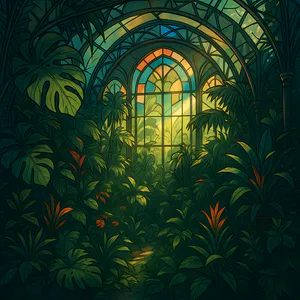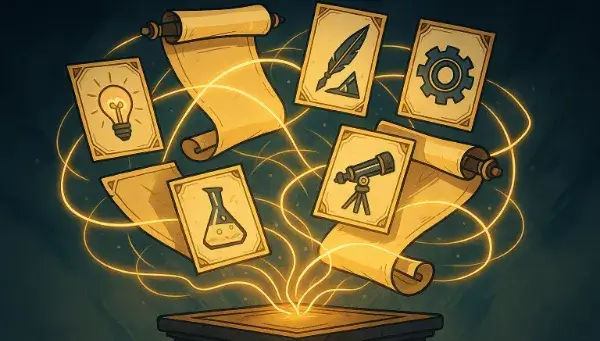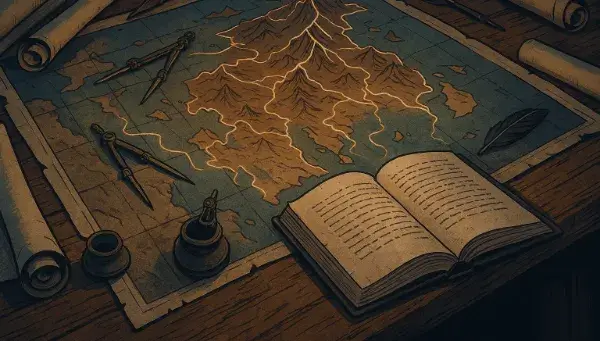Generate plant names
More Various Name Generators- <% result.name %>
Discover all Story Shack apps
Cultivate Your Perfect Plant Name
Finding the right name for your plant can breathe life into your green companion. Use these questions to inspire a unique and fitting name that reflects your plant's personality and traits.
- What colors or patterns does your plant display that could inspire its name?
- Does your plant have any unique growth habits or characteristics that stand out?
- What emotions or feelings does your plant evoke when you see it?
- Are there specific themes, like mythology or nature, that resonate with your plant's essence?
- What cultural or personal connections do you have that could influence your plant's name?
Frequently Asked Questions
Explore answers to common questions about the Plant Name Generator and how it can help you find the perfect name for your leafy friend.
How does the Plant Name Generator work?
It generates creative and unique plant names by combining various themes, colors, and characteristics with each click.
Can I specify the type of plant name I want?
Currently, you cannot specify; however, you can generate as many names as you like until you find one that suits your plant.
Are the generated names unique?
The names are randomly generated; with unlimited clicks, you'll discover a diverse range of options, though some may be similar.
How many names can I generate?
You can generate an unlimited number of names; simply click to generate as many times as you wish.
How do I save my favorite names?
You can quickly copy a name by clicking on it, or use the heart icon to save it for future reference.
What are good plant names?
There's thousands of random plant names in this generator. Here are some samples to start:
- Oknorlip
- Eecropaisy
- Chrakrage
- Niflalda
- Spicy Milfoil
- Ice Inkberry
- Daydream Stickweed
- Frozen Feverfew
- Warm Tea
- Humble Belladonna
About the creator
All idea generators and writing tools on The Story Shack are carefully crafted by storyteller and developer Martin Hooijmans. During the day I work on tech solutions. In my free hours I love diving into stories, be it reading, writing, gaming, roleplaying, you name it, I probably enjoy it. The Story Shack is my way of giving back to the global storytelling community. It's a huge creative outlet where I love bringing my ideas to life. Thanks for coming by, and if you enjoyed this tool, make sure you check out a few more!











































































